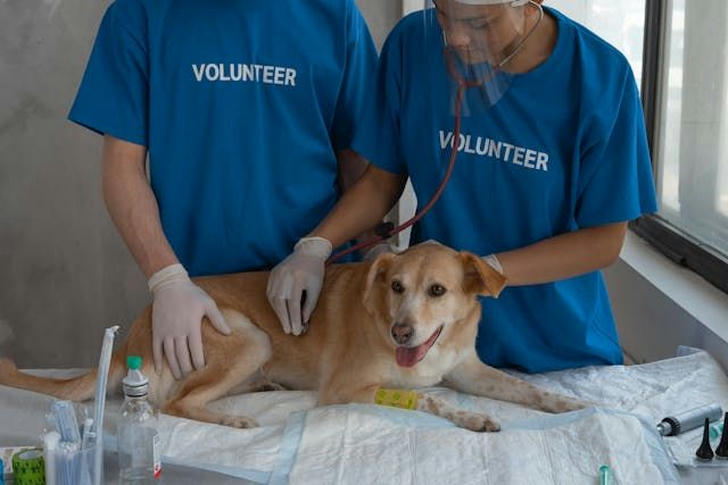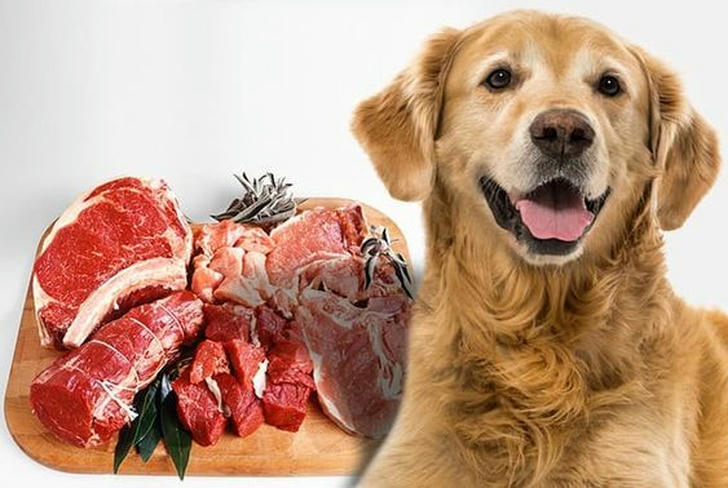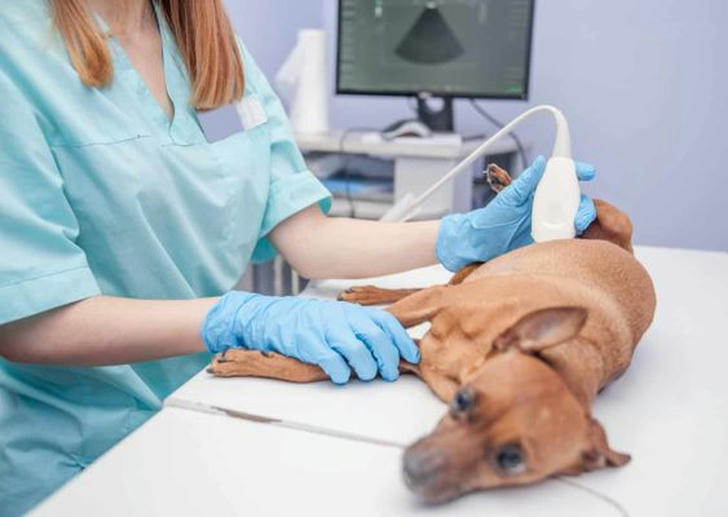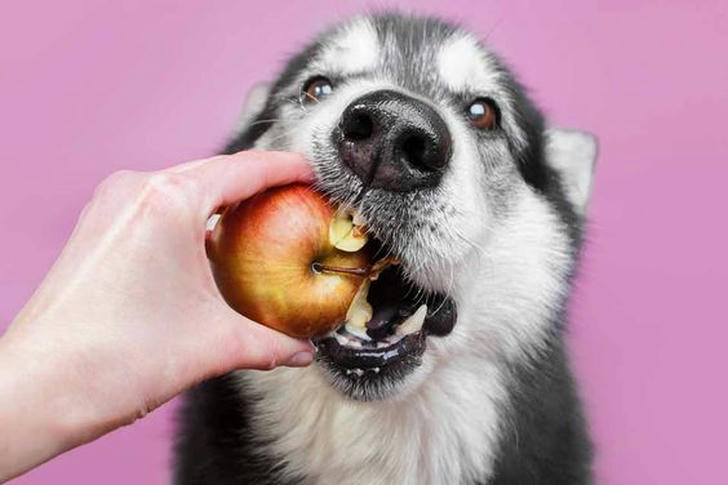Best Dietary Solutions for Managing Pet Allergies

Pet allergies can significantly affect the quality of life for both pets and their owners. Just like humans, pets can experience allergic reactions to various substances, including certain foods, environmental elements, and even flea bites. Understanding the nature of pet allergies and implementing dietary changes can help alleviate symptoms and improve overall well-being. This article provides an overview of common pet allergies and dietary recommendations to help manage them effectively.
What Are Pet Allergies?

Pet allergies occur when a pet's immune system overreacts to a normally harmless substance. This can lead to a range of symptoms, including:
•Skin irritation (itchiness, redness, rashes)
•Gastrointestinal issues (vomiting, diarrhea)
•Respiratory problems (sneezing, coughing, wheezing)
•Ear infections (frequent scratching or shaking of the head)
Allergies can stem from various sources, but food allergies and sensitivities are particularly common in pets. Identifying the underlying cause is essential for effective management.
Common Food Allergies in Pets

Pets can be allergic to several ingredients found in commercial pet foods. The most common allergens include:
1.Beef
2.Chicken
3.Dairy products
4.Wheat
5.Soy
6.Eggs
7.Fish
When introducing new foods, it's crucial to monitor for any adverse reactions. Food allergies often develop over time, so even if a pet has been eating a particular food without issues, allergies can still arise.
Identifying Food Allergies

If a pet is suspected of having a food allergy, the following steps can help pinpoint the problem:
1. Consult a Veterinarian
Before making any dietary changes, consult a veterinarian. They can provide a thorough examination, recommend tests, and help identify potential allergens.
2. Conduct an Elimination Diet
An elimination diet involves removing all potential allergens from a pet's diet and gradually reintroducing them one at a time. This process helps determine which ingredient(s) may be causing the allergy. Here’s how to conduct an elimination diet:
•Choose a Novel Protein: Select a protein source that the pet has never consumed before (e.g., duck or rabbit). Pair it with a carbohydrate source, such as sweet potatoes or peas.
•Duration: Feed the elimination diet for at least 8-12 weeks. Monitor for any improvement in symptoms.
•Reintroduction: After the trial period, reintroduce one ingredient at a time every week or so, watching for any reactions.
3. Keep a Food Diary
Maintain a detailed food diary to track what the pet eats and any symptoms that arise. This can help identify patterns and potential allergens.
Dietary Recommendations for Allergies

Once allergies are identified, dietary adjustments can play a vital role in managing symptoms. Here are some dietary recommendations:
1. Choose Hypoallergenic Pet Foods
Hypoallergenic pet foods are specially formulated to minimize the risk of allergic reactions. These foods often contain:
•Limited Ingredients: Fewer ingredients make it easier to identify and avoid allergens.
•Novel Proteins: Formulations that use unique protein sources can reduce the chances of triggering an allergy.
•Hydrolyzed Proteins: In these diets, proteins are broken down into smaller molecules that are less likely to cause an immune response.
2. Incorporate Fresh, Whole Foods
If feasible, consider a fresh food diet consisting of whole ingredients. This allows pet owners to have complete control over what their pets consume. Fresh foods can include:
•Lean meats (e.g., turkey, venison)
•Vegetables (e.g., carrots, green beans)
•Fruits (e.g., blueberries, apples)
Ensure that any fresh foods are safe for pets, as some human foods can be toxic.
3. Supplement with Omega-3 Fatty Acids
Omega-3 fatty acids, commonly found in fish oil, can help reduce inflammation and improve skin health. Supplements may provide relief for pets experiencing skin allergies. Always consult a veterinarian before adding supplements to a pet’s diet.
4. Avoid Common Allergens
While conducting an elimination diet, avoid feeding pets common allergens, including:
•Grains (wheat, corn, soy)
•Dairy products
•Artificial additives (colors, preservatives)
5. Regularly Rotate Proteins
Once a pet’s allergies are managed, consider rotating proteins every few months to prevent the development of new allergies. This practice provides a broader range of nutrients and reduces the risk of sensitization to specific ingredients.
Monitoring and Adjusting the Diet

After implementing dietary changes, it’s essential to continuously monitor the pet's condition. Here are some tips:
•Observe for Symptoms: Keep an eye on the pet’s skin, digestion, and overall behavior. Note any changes that occur after dietary adjustments.
•Follow Up with the Veterinarian: Regular veterinary check-ups will ensure that the pet remains healthy and that the diet continues to meet its needs.
•Adjust as Needed: If symptoms persist or new ones arise, it may be necessary to make further dietary changes. Work closely with a veterinarian to refine the diet as needed.
Additional Considerations
1.Environmental Allergies: In addition to dietary allergies, pets can suffer from environmental allergies (e.g., pollen, dust mites). Managing these may require separate strategies, including regular cleaning and possibly medications.
2.Consider Prebiotics and Probiotics: These can help improve gut health, potentially reducing allergic reactions and supporting overall immune function.
3.Hydration is Key: Ensure pets have constant access to fresh water, as hydration plays an important role in skin health and overall well-being.
Conclusion

Managing pet allergies through dietary recommendations can greatly improve a pet's quality of life. By identifying allergens, implementing a suitable diet, and monitoring changes, pet owners can effectively alleviate symptoms and ensure their furry friends are happy and healthy. Always involve a veterinarian in dietary changes to provide tailored advice and support throughout the process. With the right approach, pets can thrive even with allergies.
